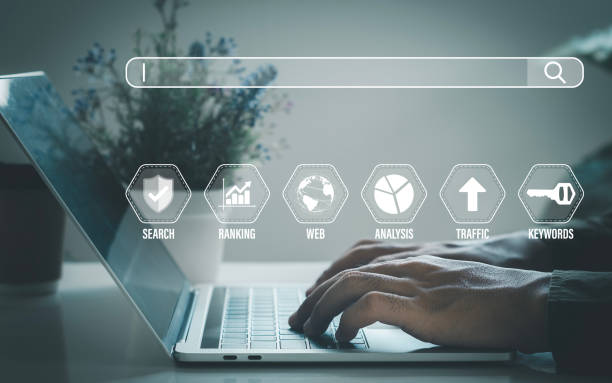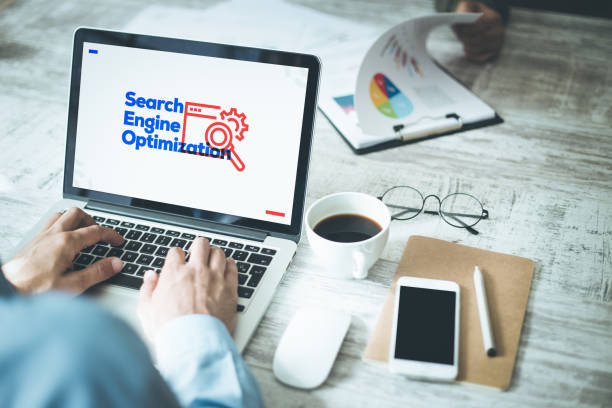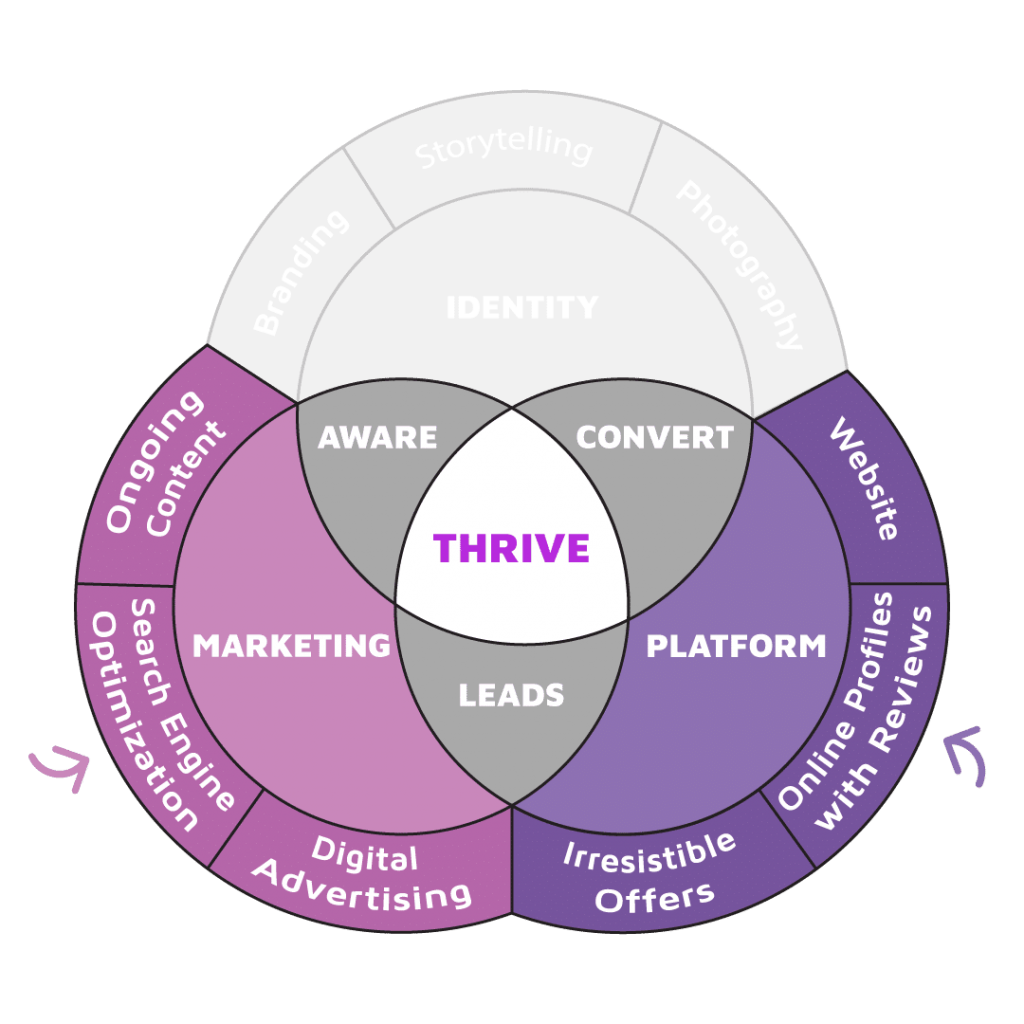
In today’s dynamic business landscape, efficiency is the cornerstone of success. From navigating complex tax regulations to optimising accounting systems, businesses must adopt strategic approaches to maximise their resources and streamline operations. This guide explores the pivotal role of accountants in guiding businesses toward efficiency through structured setup, informed decision-making, and meticulous financial management. Delving into taxation, accounting practices, business planning, and financial reporting, this comprehensive overview underscores the importance of proactive strategies in achieving sustainable growth and profitability. Join us as we embark on a journey to unlock the full potential of your business through accountant-guided efficiency.
Taxation
A business is efficient when its output, measured as revenue, exceeds the amount of resources it devotes to operating expenses. This includes capital expenditure, payroll and other employee costs, interest on loans and investments, and the cost of goods and services. Achieving efficiency requires planning and strategy, including accounting methods, claiming deductions and credits, and staying updated on tax laws and regulations. This is particularly important as Making Tax Digital rolls out and businesses need to be able to submit their accounts digitally.
Tax choice is a theory that taxpayers should be able to choose how their individual taxes are allocated. Supporters argue that it would reduce real estate speculation, business cycles, and unemployment and distribute wealth more evenly. They also say it would be more equitable, economically efficient and flexible than the current system.
Accounting
Your accountant needs to be able to help you optimise your company’s accounting systems. This involves automating cash flow dashboards tracking key performance indicators and setting up accounting apps that allow you to access your accounts wherever you are.
This is important because it will enable you to keep track of all your business processes and identify areas that require improvement. For example, if your sales team isn’t working as efficiently as it should be, this will affect your bottom line and impact consumer satisfaction levels. Likewise, if your suppliers aren’t providing the most cost-effective solutions, it’s time to find new vendors.
Another way your accountant can improve efficiency is by analysing your current expenses and comparing these with your revenue. This is essential because it helps you determine whether your operations are too expensive according to industry benchmarks and allows you to take corrective actions.
However, it’s also crucial to carefully evaluate any potential efficiency improvements so that they don’t adversely impact other business functions. For example, if your company is losing money due to inefficient manufacturing operations, this should not be solved by redirecting resources away from sales and marketing toward these functions. Instead, the company may need to invest in faster factory equipment to get products into the hands of consumers quicker, which will increase revenue and ultimately boost profits.
Business Planning
Business planning is an essential part of running a successful operation, whether you’re just starting out or looking to grow. Developing a plan helps you determine the direction your organisation should take, including what distinguishes it from competitors and how to best utilise your assets. The plan is also a key element of managing risk and establishing financial goals, which are critical to long-term success. The process of business planning can be daunting, but your accountant can help you make the right decisions to meet your needs. For instance, this includes choosing the proper legal structure for your business, taking into account your management skills and style(s), and determining a risk-management strategy. This section of the plan also covers succession plans for your business in the event of death or departure.
Financial Reporting
The financial reporting process involves communicating financial information about a company to external and internal stakeholders. It usually takes the form of a set of financial statements, such as a balance sheet, income statement, and cash flow statement. However, financial reports may also include more specialised documents such as the statement of retained earnings, which captures transactions that are not recorded in the income and balance sheet, such as equity withdrawal by shareholders and dividend payments.
The primary users of a business’s financial reports are its managers, who need to know the company’s current and historical performance in order to make ongoing adjustments to operations and finances. These adjustments must ensure that the company is working towards its growth potential while remaining profitable and financially sound.
Other stakeholders, such as investors and regulators, also need access to a company’s financial reports. This includes the Securities and Exchange Commission (SEC), which requires publicly-held businesses to file quarterly and annual reports containing detailed information on the company’s finances. The SEC’s rules are constantly changing to keep up with industry trends and changes in accounting standards. As a result, it is important that the finance and accounting team be aware of any changes in reporting requirements and procedures. They should also ensure that processes are clearly documented and streamlined to reduce errors and inefficiencies.
As you embark on the journey of optimising your business’s efficiency with the guidance of accountants, remember that informed decision-making and meticulous financial management are the cornerstones of success in today’s dynamic market. To delve deeper into the realm of business accounting and discover how expert guidance can elevate your operations, visit https://curveaccountants.com.au/industry-specialists/business-accountant/. Additionally, for a comprehensive understanding of accounting principles and practices, click here to explore the resources available.
Unlock the full potential of your business and navigate the path to sustainable growth and profitability with accountant-guided efficiency.















 Starting up a business, opening a local store, having your own clinic/hospital or owning a factory, whatever it is that you are heading, it all needs one thing which is common; maintenance. Maintaining your workplace is the basis of anything and everything that you do. If you think that it is not just you but your employees as well who should be taking care of their own arenas and the whole office will become a clean and healthy place to work in, you are probably not on the right track. Yes, everyone should have a clean and tidy desk and everyone should be responsible to throw their trash in the bin, we are not toddlers anymore.
Starting up a business, opening a local store, having your own clinic/hospital or owning a factory, whatever it is that you are heading, it all needs one thing which is common; maintenance. Maintaining your workplace is the basis of anything and everything that you do. If you think that it is not just you but your employees as well who should be taking care of their own arenas and the whole office will become a clean and healthy place to work in, you are probably not on the right track. Yes, everyone should have a clean and tidy desk and everyone should be responsible to throw their trash in the bin, we are not toddlers anymore. 




 Installing a pool cover is incredibly important, but not for some of the reasons people think. In fact, they are probably the most misunderstood pool accessory. If you think that the main function of the
Installing a pool cover is incredibly important, but not for some of the reasons people think. In fact, they are probably the most misunderstood pool accessory. If you think that the main function of the 



